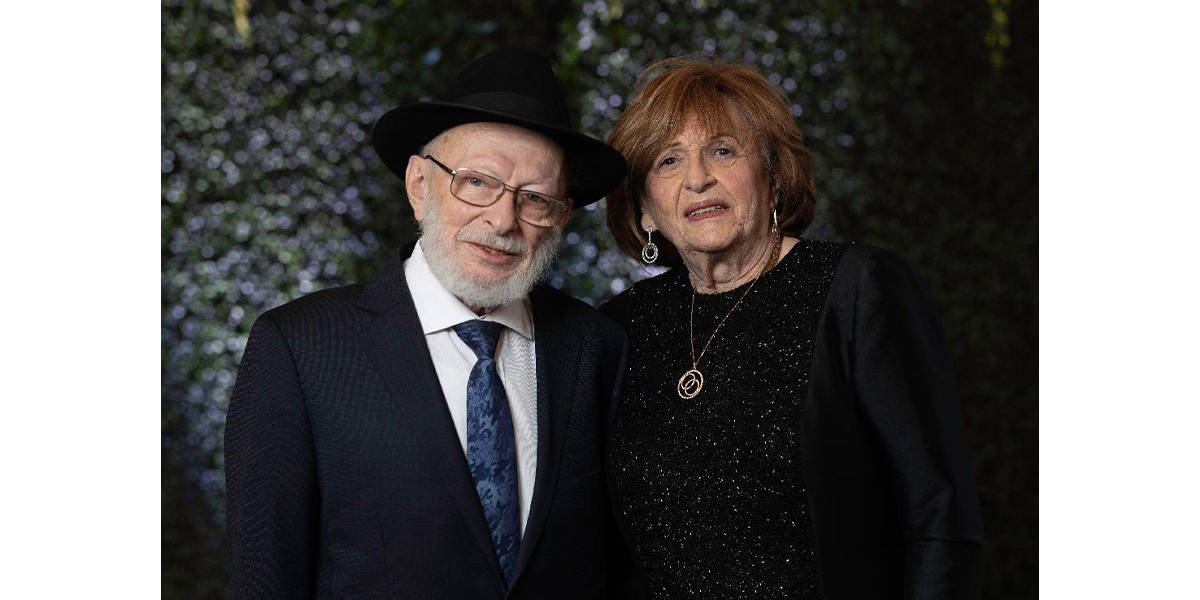By Miriam Fried, Collections & Exhibitions Intern
I begin my workday as usual, opening the Museum’s Collection database TMS (The Museum System). I’ve been tasked with a mundane, yet all-important project: organizing Museum constituent addresses. After I make a few corrections from the needed two thousand something, a thought occurs to me—a long shot. I navigate to the search bar and type “Emanuel,” a common enough name.
The first of seven results appears. That’s his name. That’s his address.
That’s my grandfather.

Yitzchak Menachem, or Emanuel, Fried was born in Hajdúböszörmény, Hungary, and was incarcerated in the Theresienstadt (Terezin) concentration camp at the age of 14. Having received my elementary and high school education in Jewish private schools, I was assigned my fair share of Holocaust reports, presentations, and projects. These exercises provided me with several opportunities to spend time with my grandfather and learn about the trials and tribulations he faced in his teenage years.
But what I see in the TMS database is not another iteration of my grandfather’s story; it’s an object. An object I’ve heard very little about. An object of which our family only has a grainy 1980s photocopy.
The object is a Terezin Ghetto scrip, 20 Kronen note.


Such money was printed for certain Jewish inmates who were paid for their work in the camp. My grandfather’s job—at the age of 14—was to collect the bodies of those who had died in the night, and to lay them out for disposal.
The 20 Kronen note in the Museum’s possession did not arrive in pristine condition. It was crinkled, torn, stained, and folded in quarters, having spent 44 years in my grandfather’s pocket or in a house drawer. My grandfather too is getting on in years and did not have an easy childhood. But just as the Terezin scrip is now preserved and catalogued so researchers can continue to learn from and marvel at its legacy, so too my grandfather continues to lead by example and impart his wisdom and legacy to those who know and love him.

And so, I add to the notes section on Emanuel Fried’s object page: “Miriam Fried, granddaughter of Emanuel Fried and his wife of 67 years, Chana, was an intern in Collections & Exhibitions during Summer 2021. She is one of Emanuel and Chana’s 14 grandchildren; they also have over 40 great-grandchildren.”
See photos below of Emanuel Fried and his family.

Emanuel got engaged to Chana in late 1954, and they were married in early-1955. This photo was taken during their engagement. Courtesy of Miriam Fried. 
Emanuel and Chana pose with Miriam at Miriam’s wedding, December 2020. Courtesy of Miriam Fried. 
Emanuel and Chana at Miriam’s wedding, December 2020. Courtesy of Miriam Fried. 
After the war, Emanuel’s family lived in a DP camp in Ebelsberg, Austria. Here, he stands with two of his siblings, Lola and Tuli. Courtesy of Miriam Fried.